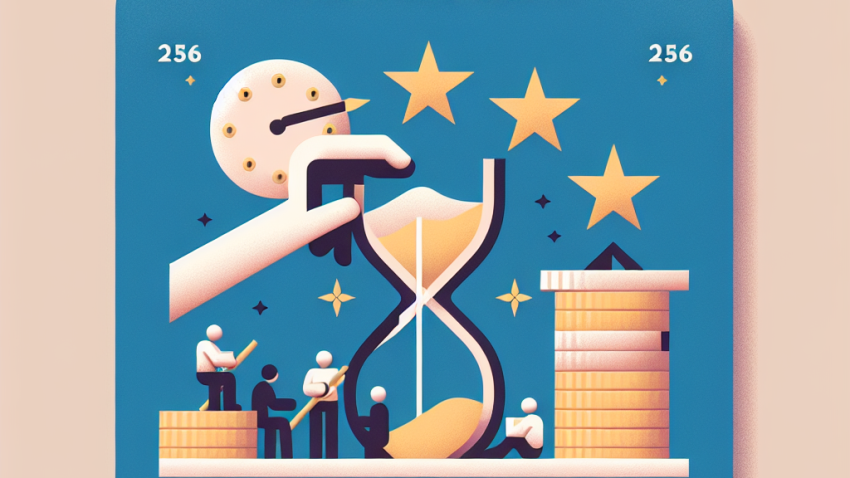
Fiscal Federalism in the EU: A Dream Deferred or Just Delayed?
The Unsettling Dance of Inflation and Interest Rates: What Global Markets Can Expect Next
Greetings, dear reader. I am Dr. Alistair P. Whitmore, economic historian, globe-trotting lecturer, and most recently, your guide through the dense thicket of modern-day macroeconomics. Today, we must address an intriguing, somewhat intimidating duo that continues to dominate headlines and rattle markets from New York to Nairobi: inflation and interest rates. Grab your tea—or bourbon—and hold that economic curiosity close. We’re diving into why this tango matters now more than ever for the global market landscape.
Inflation: The Most Misunderstood Economic Villain
Inflation, that charming menace, has returned from obscurity to occupy center stage once again. For decades, in the developed world at least, inflation was largely subdued, giving rise to a generation of economists who treated it as an afterthought. But just like a dormant volcano, it erupted when the conditions were right: pandemic-era stimulus packages, disrupted supply chains, labor shortages, and a dash of geopolitical instability.
Most consumers experience inflation as “Why has my $5 coffee become $7?” But the broader implications are far more nuanced and, dare I say, more fascinating. High inflation erodes purchasing power, shifts consumption habits, distorts capital allocation, and often forces central banks into action—hasty or otherwise.
Global Spurts and Patterns
Different regions have experienced inflationary pressure in varying degrees:
- United States: Experienced CPI peaking over 9% in mid-2022—the highest in four decades.
- Eurozone: Struggled with energy-driven inflation triggered by sanctions and reduced Russian gas supply.
- Emerging Markets: Countries like Argentina and Turkey have seen chronic inflation crises exacerbated by political instability and weak monetary frameworks.
It’s not merely the rate of inflation that matters, but the expectations surrounding it. If consumers, investors, and businesses believe prices will continue to rise rapidly, inflation becomes self-fulfilling—a dangerous psychological loop that central banks must anticipate and counteract through monetary policy.
Interest Rates: The Counterweight (or Catalyst?)
Ah, interest rates—the price of money itself. In essence, central banks like the Federal Reserve, European Central Bank, and Bank of England tinker with this delicate instrument to steer economic behavior. When inflation rises, central banks typically increase interest rates to make borrowing more expensive and curb spending. Yet, this is easier said than done.
The Global Tightening Cycle
We have, in recent quarters, witnessed one of the fastest rate-hiking cycles in decades. From near-zero levels, the U.S. Federal Reserve hiked the federal funds rate to above 5%, triggering a domino effect globally:
- Emerging economies raised rates to protect their currencies and control imported inflation.
- Bond markets reeled from sudden repricing, causing losses for funds and institutional portfolios once thought to be conservative.
- Housing markets began cooling rapidly due to increased mortgage rates, effectively muting one of the pillars of post-pandemic recovery.
In the words of one of my former academic rivals (whose lectures often threatened insomnia), “monetary policy operates with a long and variable lag.” Indeed, rate hikes don’t immediately extinguish inflation. The effects unfold over quarters, not days. Timing and precision are paramount—a misstep can induce recession even as inflation slinks away.
The Interplay: A Ballet of Consequences
There’s a delicate balance at the heart of it all. Raise rates too slowly, and inflation runs rampant. Raise them too quickly, and you risk throttling growth, inducing layoffs, and flipping investor optimism into panic. For global markets, especially in interconnected sectors such as commodities and tech, every central bank meeting is akin to awaiting a moon landing: precision matters, and miscalculations have global reverberations.
The Effects on Global Markets
- Currency Volatility: The U.S. dollar often strengthens when interest rates rise, affecting global trade balances and emerging markets burdened with dollar-denominated debt.
- Capital Flows: Higher yields in the U.S. and Europe attract capital from riskier markets like Brazil or South Africa, destabilizing those economies.
- Equities: Growth stocks—particularly in tech—tend to suffer as their future earnings become less attractive when discounted at higher interest rates.
Investors are thus left in a constant state of calibration—interpreting macroeconomic data, forecasting central bank moves, and adjusting portfolios at lightning speed, all while avoiding the dreaded “policy error.”
Looking Ahead: What Might Happen Next?
There are, of course, no crystal balls in economics—if there were, I’d be writing this from my private vineyard in Burgundy. But informed speculation is our best tool, and here’s what Dr. Whitmore predicts over the next 6–12 months:
1. A Gradual Monetary Pause
Central banks may soon pause rate hikes, choosing to monitor inflation’s decay before initiating cuts. The Fed, in particular, faces dual pressures—cooling home prices and job market tightness—which complicate decisions. However, expect no hasty reversals unless GDP contractions become pronounced.
2. Emerging Markets on a Tightrope
Several emerging markets will walk a fiscal tightrope, balancing inflation control with development pressures. Expect more cautious monetary policies in nations like Indonesia, India, and Mexico, particularly as capital flows fluctuate with Western rate policies.
3. Structural Shifts in Global Investment
The era of free capital and cheap debt is (for now) over. Investors must adjust expectations. Expect a return to fundamentals, value investing, and geopolitical diversification. Asset flows may increasingly favor regions with strong institutional frameworks, relative political stability, and commodity leverage.
Final Thoughts from the Doctor’s Desk
If you’re still with me—and bravo for that—allow me to conclude with a hopeful reminder. Macroeconomic cycles, much like literature or history, are rife with patterns. From Weimar to Volcker, from Zimbabwe to Japan, global markets have danced with both inflation and interest rate crises before. What matters now is how wisely we respond—armed with reason, data, and a bit of dry British wit.
As global markets evolve, stay inquisitive. Stay vigilant. And, above all, remain data-driven.
For questions, economic inquiries, or to lecture me directly, reach out via our Contact Page. Or learn more about us here.
Until next time, may your portfolios be diversified and your inflation expectations well-anchored.


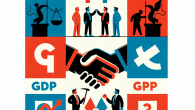


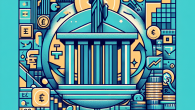
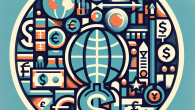
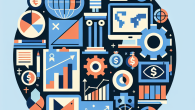
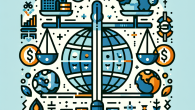
Leave a Reply